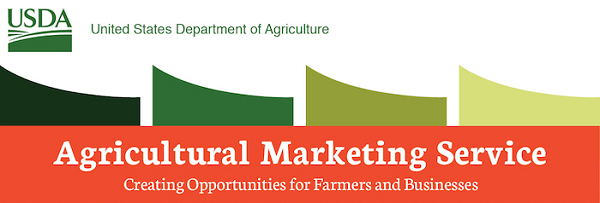Join the USDA Farm Service Agency this afternoon, Wednesday August 19th at 3 pm, for the “Coronavirus Food Assistance Program Producer Webinar: Additional Eligible Commodities Added.” USDA Farm Service Agency will discuss additional commodities that are now eligible for the Coronavirus Food Assistance Program (CFAP), providing detailed examples on nursery crops, specialty crops, cut flowers, eligible aquaculture, and more. Registrations for this webinar are being accepted here.
The New Jersey Farm Service Agency (FSA) will be hosting an informational Nursery/Cut Flowers Stakeholders Webinar on Thursday, August 20th at 10 am regarding nursery and cut flowers eligibility for the Coronavirus Food Assistance Program (CFAP). This webinar will be held by a virtual Teams Meeting. Instructions on how to enter a Teams meeting using a computer or smartphone can be viewed here. If you are unable to attend virtually via Teams, you may dial in to hear the presentation. Slides to be presented are available here, although they are subject to modification prior to the event.
Please contact Lindsay Caragher at Lindsay.Caragher@usda.gov or 609-438-3133 with any questions about Teams Meeting or the webinar in general.
USDA’s Farm Service Agency is accepting applications through September 11, 2020 for the CFAP program which helps offset price declines and additional marketing costs because of the coronavirus pandemic.

 WASHINGTON, May 26, 2020-–Specialty crops producers can now apply for USDA’s Coronavirus Food Assistance Program (CFAP), which provides direct payments to offset impacts from the coronavirus pandemic. The application and a payment calculator are now available online and USDA’s Farm Service Agency (FSA) staff members are available via phone, fax and online tools to help producers complete applications. The agency set up a call center in order to simplify how they serve new customers across the nation. Applications will be accepted through August 28, 2020.
WASHINGTON, May 26, 2020-–Specialty crops producers can now apply for USDA’s Coronavirus Food Assistance Program (CFAP), which provides direct payments to offset impacts from the coronavirus pandemic. The application and a payment calculator are now available online and USDA’s Farm Service Agency (FSA) staff members are available via phone, fax and online tools to help producers complete applications. The agency set up a call center in order to simplify how they serve new customers across the nation. Applications will be accepted through August 28, 2020.